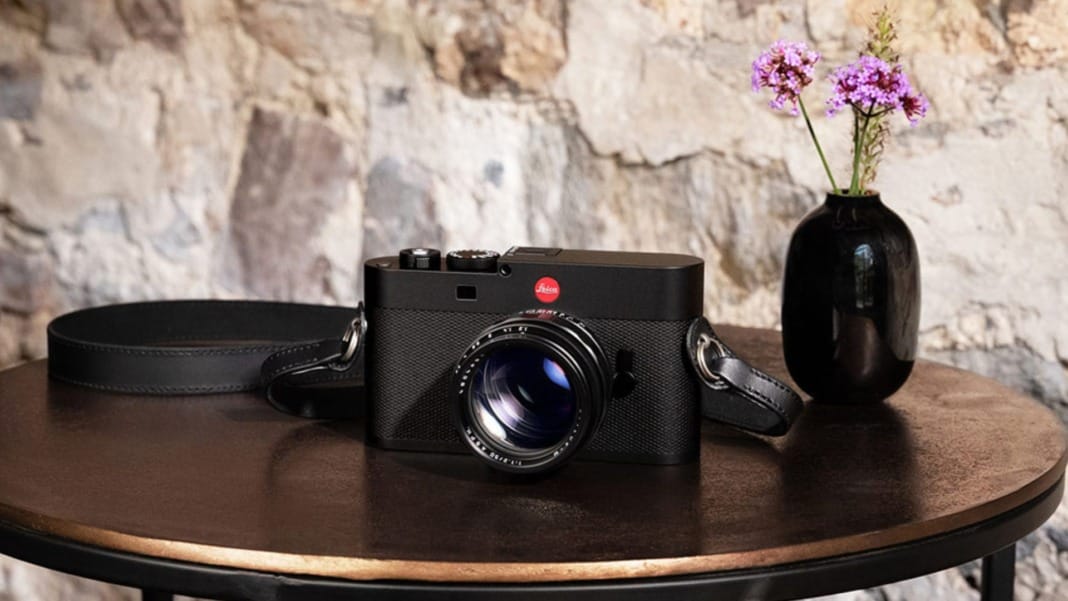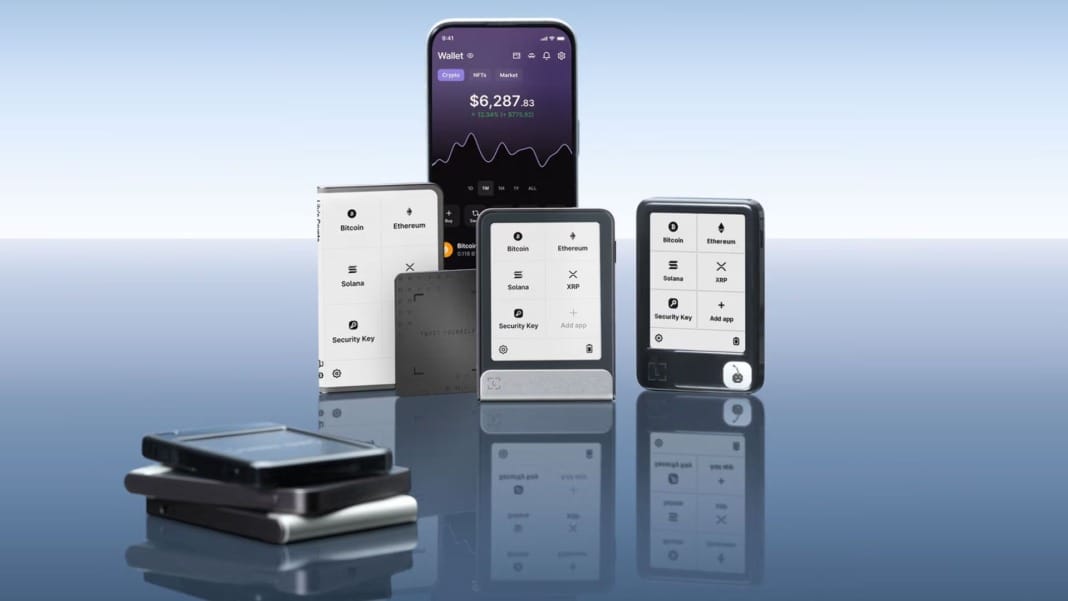German camera maker Leica has unveiled its latest M-mount model, the Leica M EV1, marking a major shift from its traditional design. The new camera is the first in the M series to remove the brand’s iconic optical rangefinder, replacing it with a 5.76-million-dot electronic viewfinder (EVF). Based on the 2023 M11-P, the M EV1 also removes the rangefinder window from the front of the body.
The Leica M EV1 launches in Europe and other international markets at €7,950. In the United States, it will arrive later, priced at around US$8,995, pending Federal Communications Commission (FCC) approval.
Familiar power, modern features
The M EV1 shares much of its internal technology with the M11-P, including a 60-megapixel full-frame sensor, the same processor, 64 GB of internal storage, and support for content credentials. Like other models in the M11 line, it does not record video, keeping its focus purely on photography.
Constructed with aluminium like the black M11, the M EV1 weighs 484 grams (1.07 pounds) without a lens — about 46 grams lighter than its predecessor. While it remains a manual-focus camera, photographers now focus directly through the lens using the EVF or the 2.95-inch rear LCD screen. This live view setup provides an exposure preview and focusing aids such as focus peaking and magnification.
The integrated EVF operates at 60 Hz and is similar to the one found in Leica’s Q3, though less smooth than the Q3’s 120 Hz version. Leica has also given the camera a diamond-patterned leatherette finish, inspired by its Q series, to enhance grip and aesthetics.
Design evolution and market response
Leica has reimagined several key design elements on the M EV1. The traditional front lever — once used to preview framelines in the viewfinder — now functions as two customisable buttons. Users can move the lever left or right to enable focus peaking and magnification, or press and hold to access a custom function menu. The ISO dial, introduced in the M10 series, has been removed, returning ISO control to the on-screen menu.
Hands-on reviewers have described the M EV1 as the long-anticipated “M EVF” model many enthusiasts expected, though not one that breaks new ground. Some early impressions noted that removing the optical window leaves the front design looking unusually bare. In contrast, the old rangefinder patch window now houses a small LED light for the timer. Despite these design quirks, the EV1’s performance and build quality remain consistent with Leica’s premium standards.
At nearly US$9,000, the M EV1 remains firmly positioned in Leica’s luxury segment, only slightly less expensive than the M11-P. Analysts believe this pricing strategy helps protect the appeal of Leica’s classic rangefinder models while testing market demand for an EVF-equipped version.
The Leica M EV1 represents a significant moment for the company — an evolution that blends its traditional craftsmanship with modern imaging technology. While purists may miss the tactile experience of the rangefinder, others will welcome the convenience and precision of an electronic viewfinder, especially when working with ultra-wide, telephoto, or adapted lenses.





